This article was last updated on April 16, 2022
Canada: ![]() Oye! Times readers Get FREE $30 to spend on Amazon, Walmart…
Oye! Times readers Get FREE $30 to spend on Amazon, Walmart…
USA: ![]() Oye! Times readers Get FREE $30 to spend on Amazon, Walmart…
Oye! Times readers Get FREE $30 to spend on Amazon, Walmart…
Despite the fact that the United States federal government debt has done these two things since the beginning of the Great Recession:
…a recent piece by Narayan Kocherlakota, former President of the Federal Reserve Bank of Minneapolis between 2009 and 2015 and current professor of Economics at the University of Rochester, suggests that there simply isn't enough U.S. debt to satisfy the world's insatiable thirst for United States-denominated paper money in the form of Treasury bonds, notes, bills and Treasury Inflation-Protected Securities or TIPS.
As you may have noted in the first graph, the federally-sourced public debt has risen from $9.221 trillion on January 2, 2008 to its current level of $19.402, an increase of $10.181 trillion or 110.4 percent in just eight and a half years. While this massive accumulation of debt should be worrisome despite the federal government's ability to raise nearly endless amounts of revenue through taxation, in fact, the current bond markets show otherwise.
Here are two graphs showing what has happened to the yield on 10 year and 30 year Treasuries over the same timeframe:
Since bond prices act inversely to yield, falling yields result from rising bond prices. Bond prices rise as demand for bonds increases; the current behaviour of the bond market suggests that there has been a very significant increase in the demand for U.S. Treasuries. What is particularly interesting about the current bond market phenomenon is that the Treasury market is "misbehaving" given that the Federal Reserve began its much ballyhooed higher interest rate program on December 16, 2015 when it clearly signalled to the market that there would likely be "gradual increases in the federal funds rate". Since that announcement, the yield on 10 year Treasuries has fallen from 2.25 percent to its current level of 1.5 percent and the yield on 30 year Treasuries has fallen from 3.02 percent to its current level of 2.27 percent.
If we go back to Dr. Kocherlakota's musings, he notes that in the wake of the Great Depression, the never-ending crisis in Europe and other events that make investors nervous, households businesses and pension plans are looking for safe assets to protect themselves from the next financial debacle. It is this demand that has pushed Treasury prices up and yields to all-time lows.
Let's look at some Treasury statistics. Right now, according to the Treasury, there is $13.969 trillion in debt held by the public (excluding the intergovernmental debt that is owed from one government agency to another). Let's see who holds this debt:
1.) Foreign Holders:
As of May 2016, foreign holders own $4.025 trillion in Treasury bills, notes and bonds.
2.) The Federal Reserve:
The Fed currently owns $2.461 trillion worth of Treasury bonds and notes including $119 billion worth of TIPS. One would almost say that the Federal Reserve is at least partly responsible for the "misbehaviour" in the Treasury market.
If we total up the holdings of foreigners and the Federal Reserve, of the $13.969 trillion in Treasuries floating around out there, $6.486 trillion or 46.4 percent of the total is not available to households, businesses and pension plans as investments.
Recent data from the Federal Reserve shows just how distorted the market for Treasuries has become:
Given that a very significant portion of the global sovereign debt pool is currently yielding negative as shown on this graphic:
…investors will find and already are finding it increasingly difficult to find so-called safe haven investments like Treasuries that have a positive yield, forcing them into higher risk investments like corporate bonds and the world's equity markets. These bond market distortions are already having a negative impact on the funding ratio of pension plans and the ability of individual retirees to fund their retirements from their savings. Despite the fact that common sense tells us that the current U.S. federal debt has reached or surpassed the danger point, an observation that will become quite apparent when the next recession hits, there really does appear to be a shortage of U.S. government debt. Odd, isn't it?
Click HERE to read more of Glen Asher's columns
You can publish this article on your website as long as you provide a link back to this page.

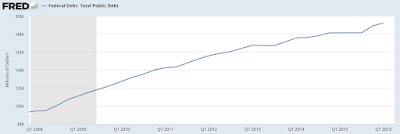
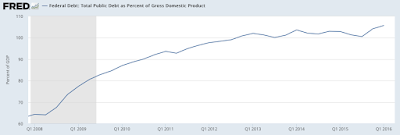


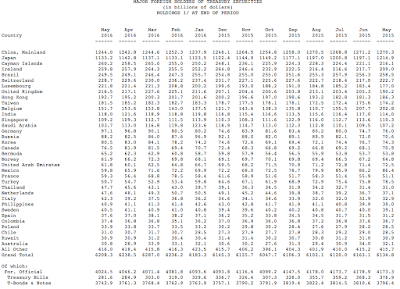
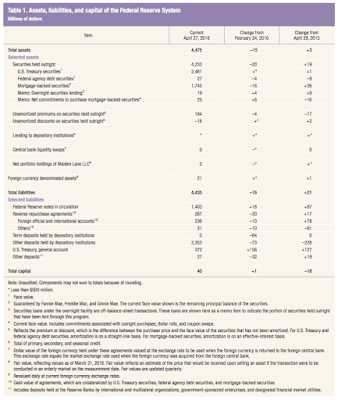
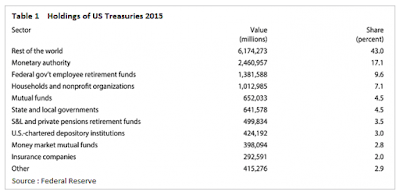
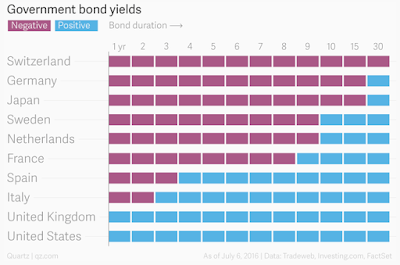
Be the first to comment